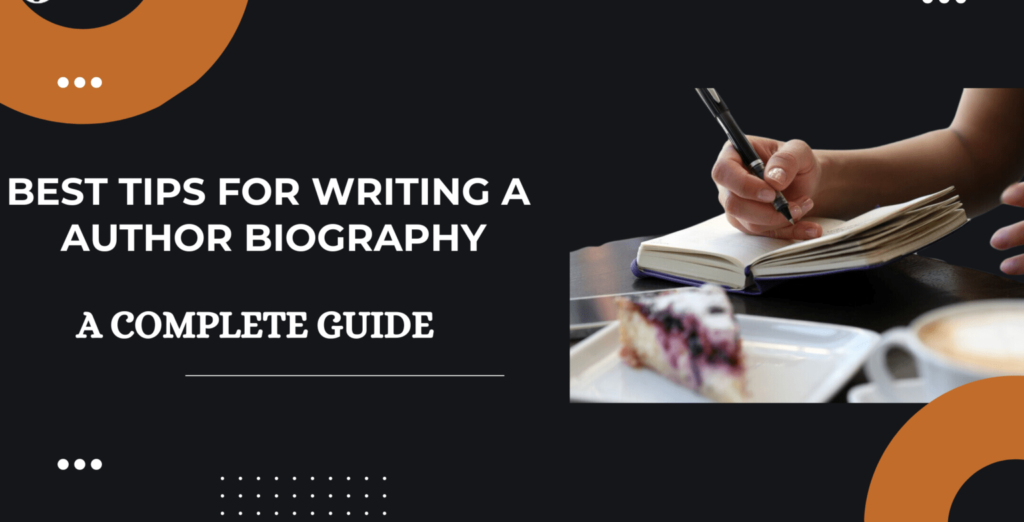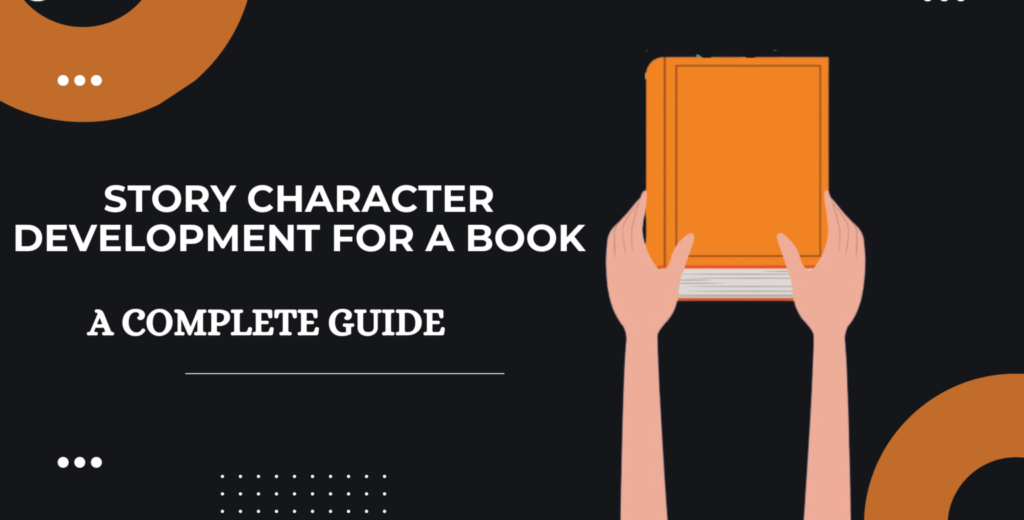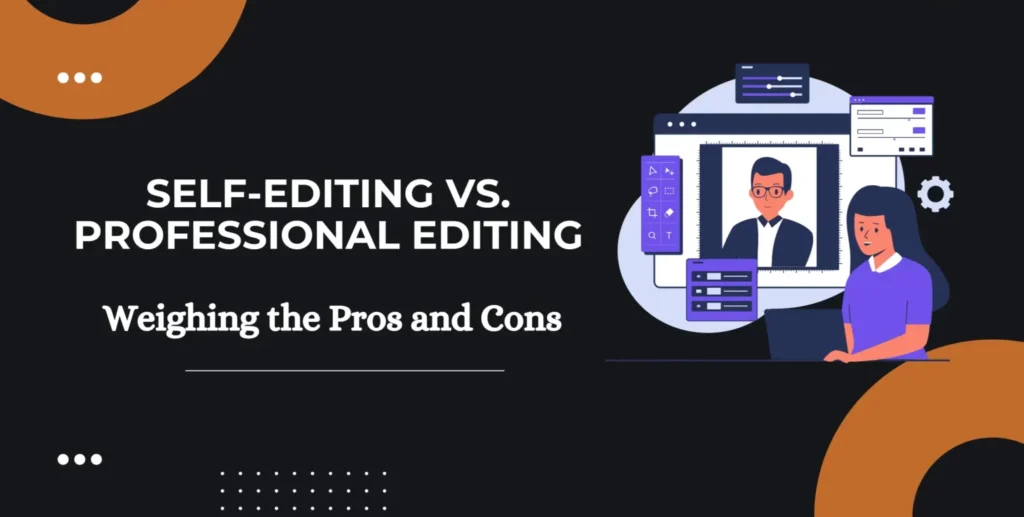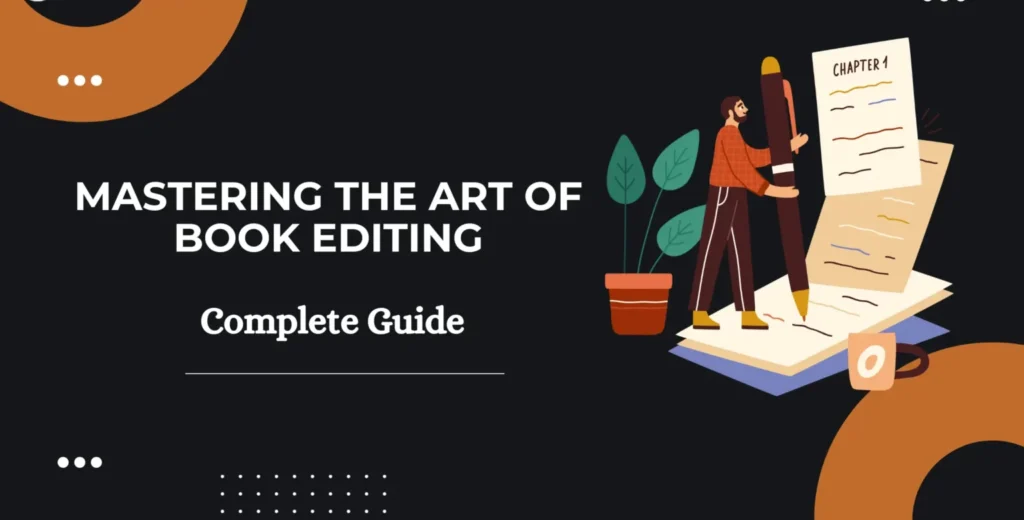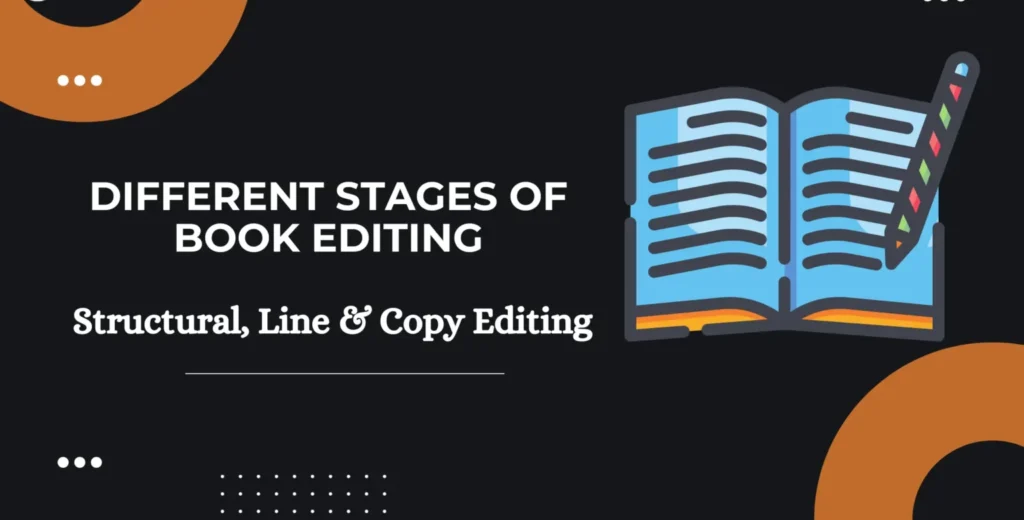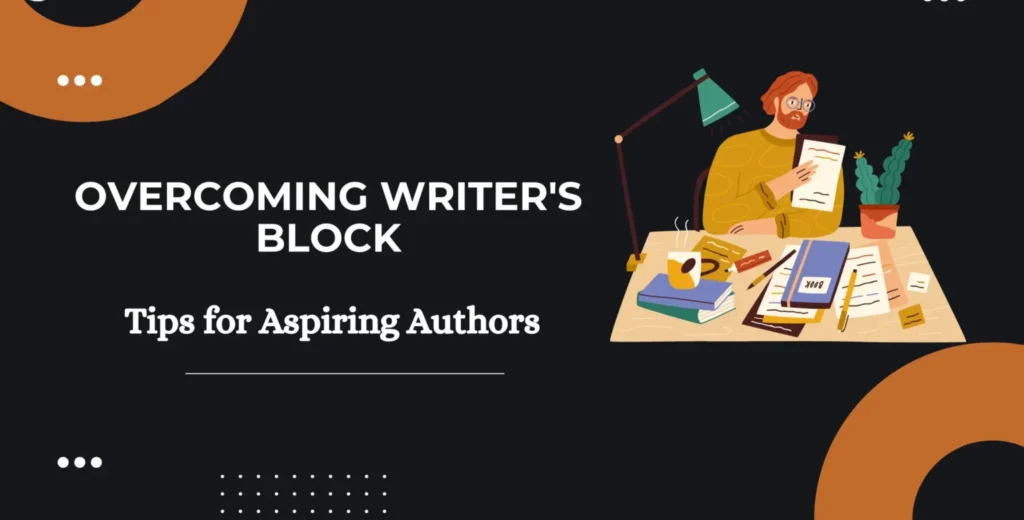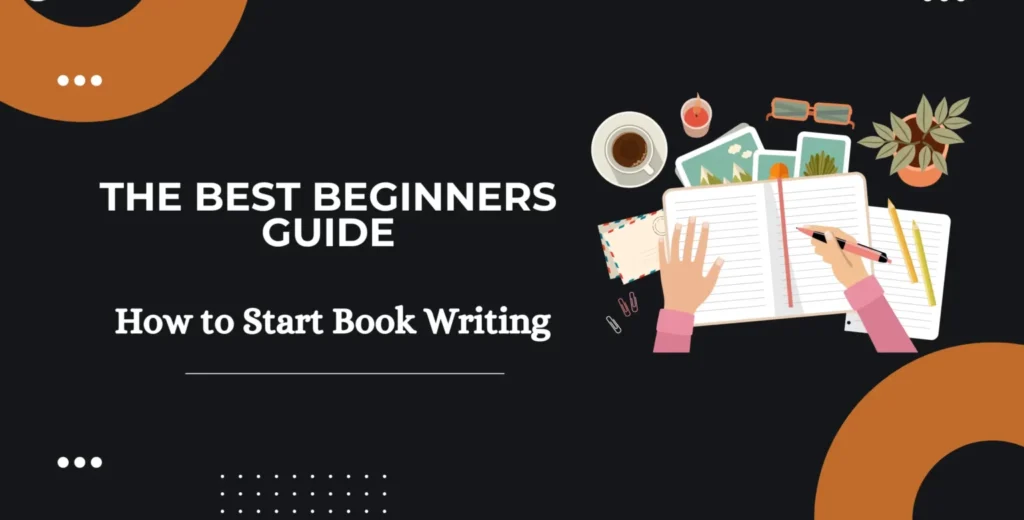Author Bios Made Easy: Tips for Writing an Author Biography from Scratch
Home Services Contact Us More About Us Reviews Blog Hamburger Toggle Menu Call Now Get a Free Quote Blog Blog Author Bios Made Easy: Tips for Writing an Author Biography from Scratch Author biographies are a great way to make an impact on your writing career. Your author biography is similar to a business card in the literary world. It’s a great way to introduce yourself to new readers and the world, and that’s why we dedicated the whole blog to it. The following piece will explore the definition of biography and showcase its importance and the tools you need to create it yourself. We’ll also explore the different areas where you can use your author bio to make an impact and offer some helpful tips for writing a biography yourself. Ready to pen your bio like a pro? Let’s get started. What is an Author Biography? Before we go deep into the biography writing hole, let’s first talk about the author’s biography. An author’s biography summarizes their life and work in a summary format. It focuses on their birth and death dates and provides an overview of their overall writing career. An author biography, in short, is a summary of the life events that portray their writing journey and how it led them to become a writer. It is not to be confused with an autobiography, a non-fiction piece narrated by the same person and written in first person. On the other hand, biographies, also called bios, aren’t written subjectively by the author, meaning that it’s free from personal bias or opinions. A biography allows readers to learn more about you beyond your books. It can help improve your reach, increase your fan following, and help your book sales. Let’s explore the significance of an author bio in the next section. Why are Biographies Important? Now, although you’re aware of an author bio, the question remains: Why should you write one? Well, here’s why it’s crucial for your writing career: 1. First Impression Count: An author bio is a great way to introduce yourself as an author. Think of it as a handshake you offer to readers, other writers, or literary agents. In addition, a strong bio can also help develop curiosity in new readers, leading them to give your books a try. 2. Establishes Credibility: A strong bio or about me page drips legitimacy. It helps build a sense of credibility in your readers. Through It, you can tell the world, “Hey, I’m an author, and I know what I’m talking about.” 3. Marketing Muscle: We said earlier that an author biography is like a business card. We meant it. It’s a great marketing tool that you should be aware of. You could showcase your achievements and awards and identify your unique selling points. This way, you can stand out from the crowd of authors. 4. Boosts your Brand: As every writer has a unique writing style, an author biography is a great way to showcase it. Not only do readers learn about your life and achievements, but it also tells a lot about your writing style and tone. Through it, you can help reinforce your author brand. 5. Connects with Reader: An author’s biography shares details that led you to who you are today. It’s a great way to establish connections with your readers. Maybe they’re dealing with the same hardships as you, maybe they went to the same school as you, or maybe they share your birthday. Learning about the author can help deepen the bond between you and the reader, leading to lifelong fans. 6. Career Catalyst: An author bio on a website or at the back of a book represents you as the real deal. A simple author biography could open doors to speaking events, collaboration, and guest posting. These new opportunities will only boost your writing career. 7. Navigate the Literary Landscape: Not only is your author bio for your readers, but it also helps you. Writing a summary about yourself helps clarify your journey, identifying how you started, the goals you thought of, and your dreams. You could use it to plot the next adventures in your writing journey. Pro Tip: Always infuse your author bio with a personal touch that resonates with your audience, making it memorable and relatable. Remem Where do you Apply an Author Bio? Although we’ve learned about an author biography and how it benefits an author, do you know where to apply your bio? Well, don’t worry, here’s are some key areas to include your bio in: 1. On the Last Pages of Your Book: You could place your author biography on the last pages of your book. In addition, you can also consider the back book cover. However, remember that you’ll be working with limited space, so keep your bio brief. Write it short and sweet; don’t focus on the book’s content, but more on your qualifications. In addition, be sure to include your author’s website, where you can delve into more details in the About Us section, which we’ll discuss next. 2. In the About Section on your Author’s Website: An author of any kind, a globally renowned or a self-publishing one, needs to have a website of their own. It helps you reach a greater audience and helps readers and followers learn more about you and your work. Your website’s “About” section is a great place to include your author biography. As a webpage has no length limitations, you can go wild on the details of your author biography. But just because you can doesn’t mean you should. A lengthy summary detailing every account that happened in your life can overwhelm readers and may influence them in the opposite way you intended. Stick to the “three bear principle”: Not too long or too short. But just right. However, you can talk about your achievements and awards here. 3. In Your Amazon Author Profile: Another place to apply your bio is your Amazon author profile, especially if you’re
